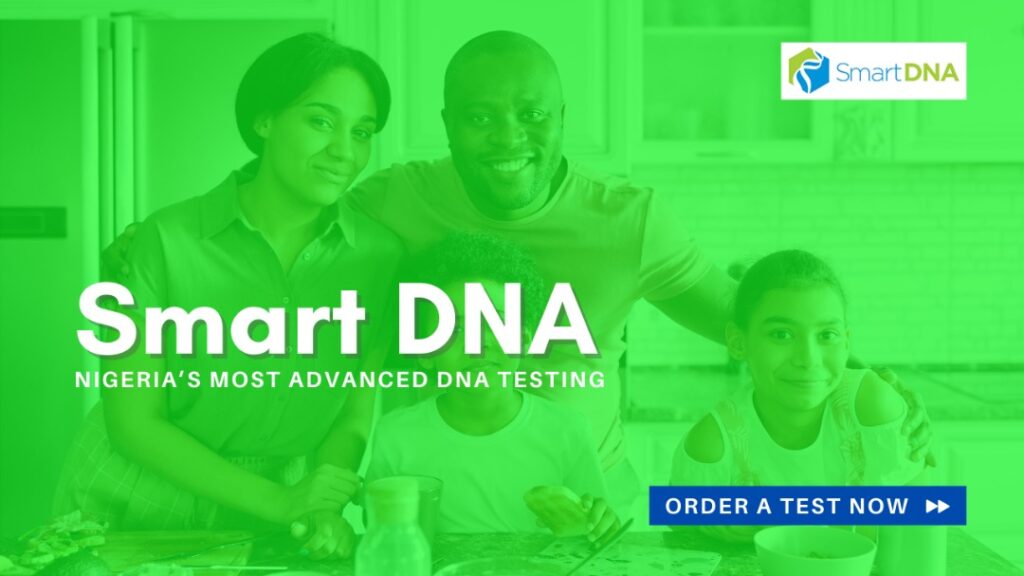DNA paternity testing is the use of DNA profiles to determine whether a man is the biological father of a child. A DNA paternity test is considered the gold standard by both the scientific and legal communities when it comes to accurately establishing a relationship between a possible father and a child. In this writeup, we have done a comprehensive treatment of all you need to know about DNA Paternity test.
Understanding DNA Paternity Test
Each person’s genetic fingerprint is unique, a fact that makes DNA testing reliable. A biological child shares 50% of their DNA with the biological father and 50% with the biological mother. A DNA paternity test compares a DNA sample from an alleged father and a DNA sample from a child (minor or adult) to determine whether the two individuals are likely to share or not share a father/child biological relationship. With the exception of any mutations which are taken into account by geneticists when determining the probability of paternity the man being tested must match the child’s data at every marker tested in order to be considered the biological father.
The DNA Paternity Testing Process
To perform a DNA paternity test, all that is needed is a DNA sample from the possible father, the child in question, and mother of the child (her participation is optional, but recommended).
How a DNA Paternity Test is Performed?
There are two parts to all paternity tests: Collecting the DNA from test participants and then testing and analysis of the samples at the lab.
How DNA Samples Are Collected
- DNA for paternity tests comes from participants’ cheek cells, which is collected using a simple, painless swab
- Each participant is provided four swabs; using one at a time, the tip of the swab is rubbed firmly on the insides of the cheeks to collect DNA. An adult can swab a child or infant
- Swabs are then placed in paper envelopes; paper containers allow the organic material on the swabs to “breathe” and prevent mould contamination as they travel to the lab. If swabs seem a little too “wet,” wave them in the air for a few minutes to dry them a bit before putting them in the paper envelopes
- In some rare postnatal cases, a blood sample may still be used for DNA, but cheek swabs are now the norm. The DNA collected from a swab is every bit as reliable as the DNA in the blood.
How the Test Works in the Lab
- DNA is extracted from the cells of each participant, and then amplified to make the sample more workable
- At least 21 STR genetic markers for each participant are analyzed, using a method called Short Tandem Repeat (STR) Analysis, to capture the genetic information for each marker
- A geneticist takes this data and uses a calculation to determine the probability that the man tested is the biological father of the child tested.


